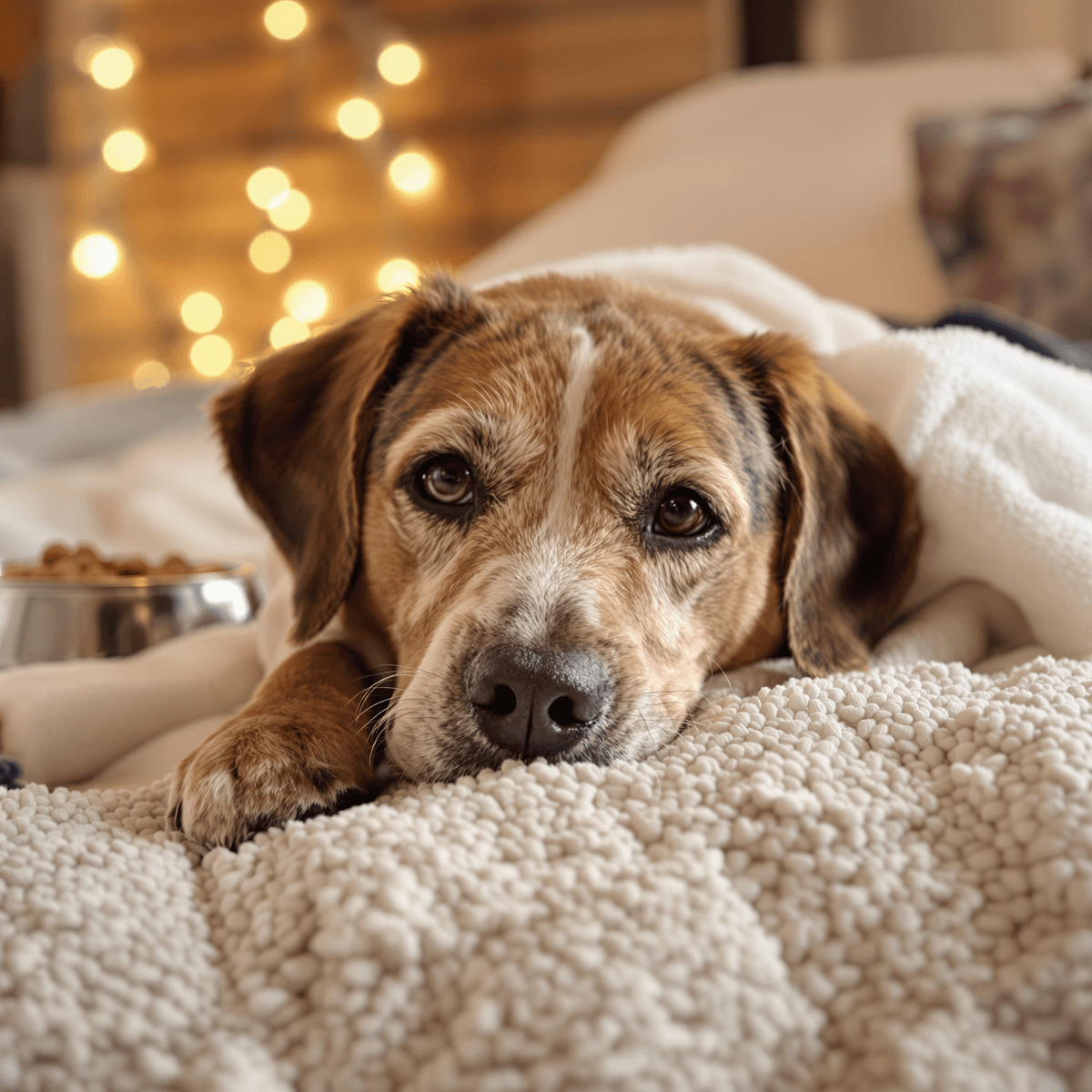- Unfamiliar sensations of water on their fur
- Slippery surfaces in the bathtub
- Loud water sounds
- Feeling confined or restrained
- Strong scents from shampoos
- Temperature changes
Key Benefits of Stress-Free Bathing:
- Strengthens the bond between you and your pet
- Makes regular grooming easier
- Prevents skin issues from infrequent bathing
- Reduces anxiety-related behaviors
- Positive reinforcement training
- Creating a safe bathing environment
- Using appropriate tools and products
- Establishing consistent routines
- Building positive associations
1. Training and Desensitization
Training your dog to enjoy bath time requires patience and a systematic approach. The key lies in gradual desensitization – a process that helps your dog build positive associations with bathing elements.Introducing the Bathroom
Start by introducing your dog to the bathroom without any water involved:- Let them explore the space freely
- Place treats in and around the bathtub
- Reward calm behavior with praise and pets
Familiarizing with Bathing Tools
Once your dog feels comfortable in the bathroom, begin familiarizing them with bathing tools:- Show them the towels, brushes, and shampoo bottles
- Let them sniff and investigate each item
- Reward their curiosity with high-value treats
Water Acclimation
The next step involves water acclimation:- Run the water at low pressure while your dog is nearby
- Use a spray bottle set to “mist” for gentle water introduction
- Practice “up” and “down” commands using the tub’s edge
Sound Management
Sound management plays a crucial role in reducing anxiety:- Play soft classical music or white noise during bath sessions
- Keep the water pressure low to minimize startling sounds
- Use a shower head with multiple spray settings
Creating a Command Routine
Create a command routine for bath time:- “Bath” – signals it’s time to enter the bathroom
- “Up” – cues your dog to step into the tub
- “Stay” – maintains position during washing
- “Down” – indicates permission to exit
2. Environment Preparation
Creating a safe bathing environment is crucial for your dog’s comfort and well-being. A non-slip mat in the tub prevents accidents and gives your dog secure footing during bath time. You can choose between rubber mats with suction cups or textured adhesive strips designed specifically for bathtubs. Essential supplies to prepare:- Non-slip bath mat
- Clean, dry towels
- Dog-specific shampoo
- Washcloth or sponge
- Brush or comb
- Treats within easy reach
Choosing the right shampoo:
- Check your dog’s skin type (dry, sensitive, oily)
- Look for natural ingredients
- Avoid artificial fragrances
- Select pH-balanced formulas
- Consider medicated options for specific skin conditions
3. Positive Associations
Transform your dog’s bath time experience by creating lasting positive connections. Start by placing their food bowl in the empty bathtub during regular mealtimes. This simple action helps your dog associate the tub with enjoyable experiences rather than stress.High-Value Treats Make a Difference
- Use premium treats like small pieces of chicken, cheese, or freeze-dried liver
- Place treats in different spots around the tub for your dog to discover
- Reward calm behavior with treats during the actual bathing process
- Keep treats in a waterproof container within arm’s reach
- Play fetch in the yard
- Take a brisk walk
- Engage in indoor games like tug-of-war
- Practice basic training exercises
- Stepping into the tub = treat
- Staying still during shampooing = treat
- Allowing rinsing = treat
- Remaining calm during drying = treat
4. Equipment and Tools
The right bathing equipment transforms bath time from a struggle into a manageable task. An extendable shower hose gives you precise control over water pressure and direction. Look for a hose length between 6-8 feet to reach every spot without straining or making your dog uncomfortable.Key features of a quality shower attachment:
- Adjustable spray settings
- Secure connections to prevent leaks
- Comfortable grip handle
- Easy-to-use shut-off valve
Calming dog shampoos with natural ingredients create a soothing atmosphere through aromatherapy. Popular calming ingredients include:
- Lavender – known for its relaxing properties
- Chamomile – helps reduce anxiety
- Aloe vera – soothes sensitive skin
- Oatmeal – provides natural comfort
- pH-balanced formulas
- Tear-free properties
- Long-lasting scents
- Conditioning agents for coat health
- Rubber curry brush for thorough cleaning
- Microfiber towels for quick drying
- Washable bath mat for secure footing
- Storage caddy for organizing supplies
5. Routine and Socialization
Starting bath time routines during puppyhood creates a strong foundation for stress-free bathing experiences. Puppies between 8-10 weeks old are naturally curious and adaptable, making this the perfect time to introduce regular bathing schedules.Key practices for establishing routines:
- Set specific bath days and times
- Keep bathing sessions short – 5-10 minutes for puppies
- Maintain consistent water temperature
- Use the same bathing location
- Follow identical pre-bath and post-bath rituals
Tips for family involvement:
- Assign specific roles to family members
- One person handles water control
- Another focuses on treats and praise
- A third person manages towel drying
- Rotate roles to build versatility
6. Additional Tips from Veterinary Professionals
Professional groomers offer specialized expertise in handling anxious dogs during bath time. These trained professionals use proven techniques and have experience with various dog breeds and temperaments. You’ll find they’re equipped with specialized tools and facilities designed specifically for pet grooming.When to Consider Professional Grooming:
- Dogs with severe anxiety or aggressive behaviors
- Breeds requiring specific grooming techniques
- Senior dogs needing extra care
- Dogs with skin conditions requiring medicated baths
- Monitor skin conditions
- Detect early signs of lumps or injuries
- Control parasites
- Manage seasonal shedding
- Reduce allergens in your home
- Proper nail trimming and ear cleaning
- Breed-specific coat maintenance
- Expert handling of matted fur
- Assessment of skin health
- Application of specialized treatments
Conclusion
Creating a stress-free bath time experience requires dedication, patience, and understanding of your dog’s unique needs. Each dog responds differently to various techniques – what works for one might not work for another. The key lies in consistent practice and positive reinforcement. Don’t get discouraged if your first attempts aren’t successful. Keep experimenting with different approaches:- Adjust water temperature
- Try new treats
- Test various shampoos
- Change bathing locations
- Modify your timing
FAQs (Frequently Asked Questions)
What are common sources of stress for dogs during bath time?
Common sources of stress during bath time for dogs include unfamiliar water sounds, slippery surfaces, uncomfortable water temperature, and sudden noises that may startle them. Additionally, lack of positive associations with the bathing environment can contribute to anxiety.How can I train and desensitize my dog to make bath time less stressful?
Gradually acclimate your dog to the bathing environment using positive reinforcement techniques. Start with short sessions and low-pressure water sprays to help them feel comfortable. Teach commands for jumping in and out of the tub, and consider playing calming music or white noise to drown out startling sounds.What environmental preparations should I make for a safe and comfortable dog bath?
Ensure a safe bathing area by using non-slip mats to prevent accidents. Prepare all supplies in advance, including warm water at a comfortable temperature and dog shampoos suitable for your dog’s skin type. This helps create a calm and efficient bathing experience.How do positive associations help reduce my dog’s bath time anxiety?
Creating positive associations involves giving your dog meals or special treats inside the bathtub, offering high-value treats during the bath to reward good behavior, and engaging in exercise or play before bathing to help them relax. These strategies motivate your dog and make bath time more enjoyable.What equipment and tools can aid in making bath time stress-free for my dog?
Using an extendable shower hose allows gentle rinsing with better control over water flow, reducing distress. Calming shampoos containing soothing ingredients like chamomile or lavender can promote relaxation during baths. These tools help ensure a comfortable experience for your dog.When should I consult a veterinarian or professional groomer regarding my dog’s bath anxiety?
If your dog has severe anxiety or health issues related to bathing, it is important to consult a veterinarian for tailored advice. Additionally, seeking assistance from professional groomers experienced with anxious dogs can provide effective support if home bathing proves too stressful for you and your pet.Visit Our Bowmanville, ON Animal Clinic
Do you have questions or concerns about your pet’s health or care? Are you looking for a great vet near me in the Bowmanville, ON area? You’ve come to the right place. Please feel free to contact us for all of your dog’s veterinary care needs.Visit our Service page here for more insight about our clinic and the animals we treat.
This blog is meant to be informational only. Always consult with your veterinarian for the right medical advice, diagnosis, or treatment plan for your pet and follow their advice.



